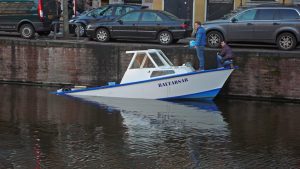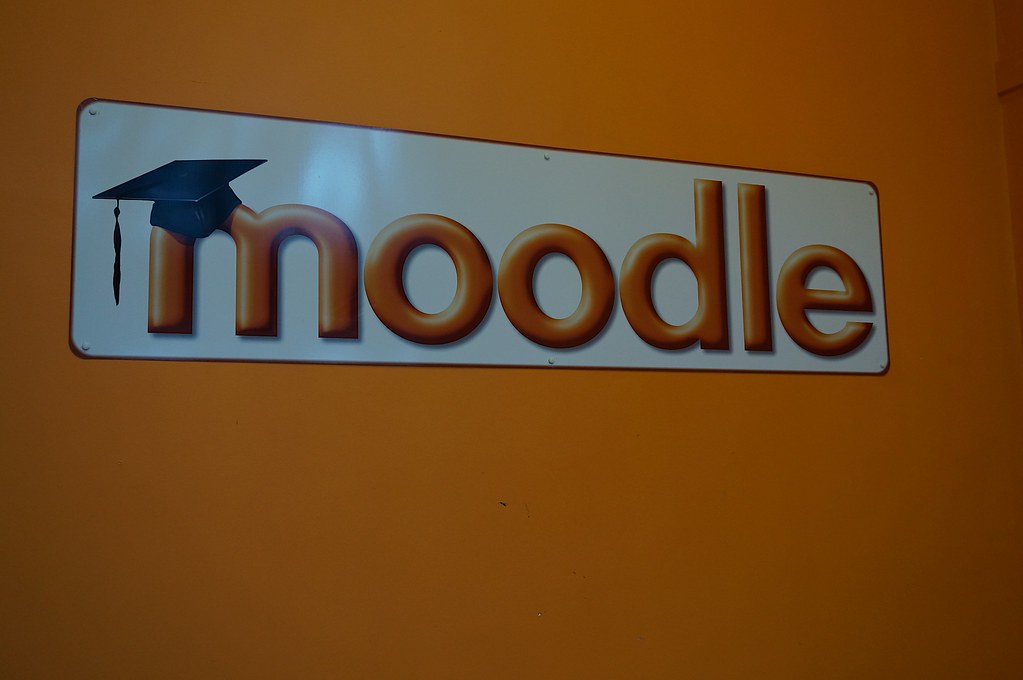This week’s bundle of reading seem to be centered around more projections of what future EdTech would look like. For instance, Siemens raised points such as “New forms of digital in/exclusion” and “Reimaging forms of EdTech suitable for an age of Climate Change”. My opinion on these articles has remained the same since embarking on my journey in this M.Ed course, and that is these articles are simply good banter material during coffee break, but far too theoretical and limited in use to be of worthwhile consideration. The idea of new forms of in/exclusion online calls on researchers to address “links between developments in technology, inequality and education”, and design education that is more accessible to all. My response is that while commendable, it is near-impossible to implement a catch-all approach given that actual state of public (or private) education. Social constraints will be a far greater barrier as those who are not “well-resourced” would prioritize financial stability over education; no amount of accessible education or technology can immediately put food on the table like an actual job. Thus the onus should be on policy makers to change their mindset that higher education leads to higher income. If the economy is floundering, then those high income jobs simply are not available (or only available to those at the highest education level, which defeats the whole purpose of education equality).
On the idea of sustainable and environmentally-friendly EdTech innovations, this is absolutely counterproductive. To make clear, I am not against those concepts nor the need to have technology which aligns with them. The issue is posing constraints early on would only seek to hamper innovation – optimization should come afterwards, not before. His statement that this should be “priority for everyone working in the area of education and technology” is also laughable as those IN education and technology are and well aware of sustainability issues; it’s the population that is ignorant or malicious (ie. those rolling back environmental protection) which is having a greater strain on everyone’s limited resources.
Using bigger/faster(?) buckets to drain water from a sinking boat will lose out to the guy drilling holes in it. Everytime.




